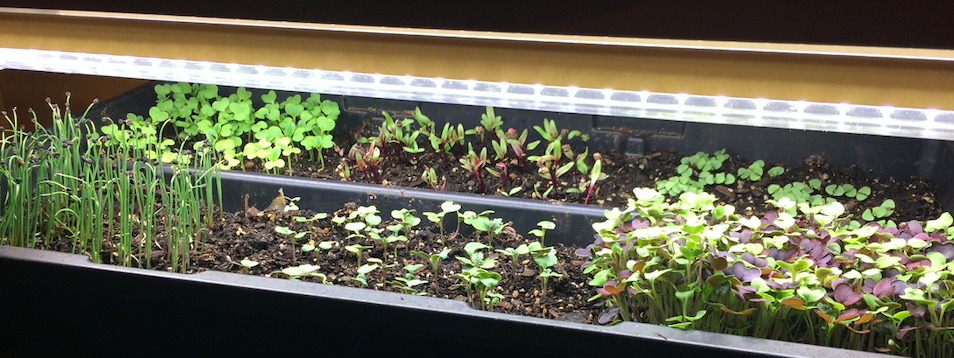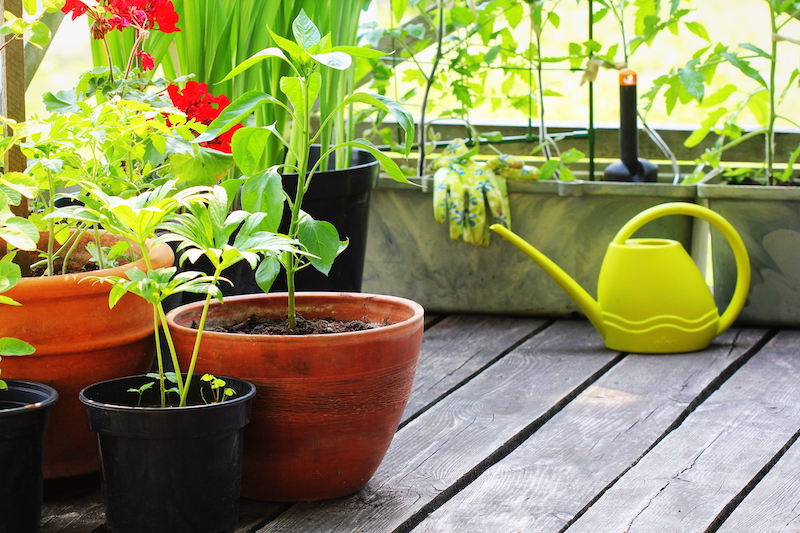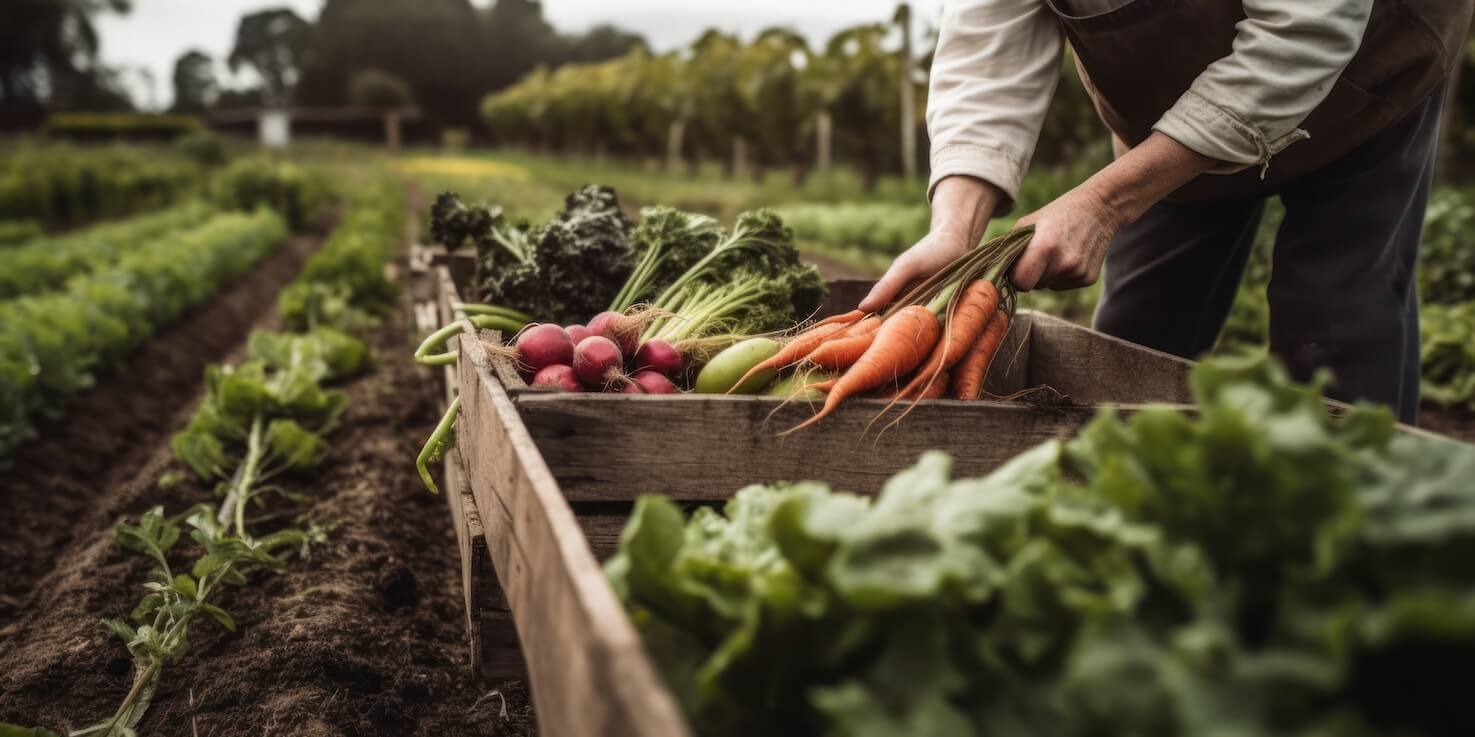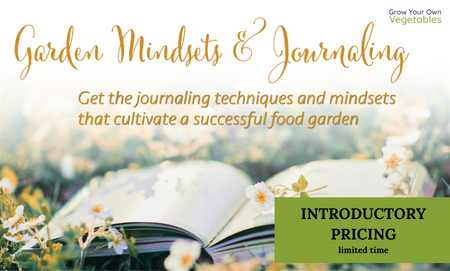Cutting Boards for Fresh Food Safety
Food safety is crucial when preserving and storing food, and one often overlooked tool is the cutting board. Choosing the right board can help prevent bacterial contamination, especially when preparing fresh produce. Here’s a quick look at the best cutting boards for fresh food safety.

Plastic, Glass, or Wood: Which Is Safer?
While plastic has long been considered the safest option, recent studies suggest glass is actually more bacteria-resistant. However, glass can be tough on knives and may cause food to slip. Wood offers the best balance of safety and practicality, with natural antibacterial properties that plastic and glass lack. Well-maintained hardwood cutting boards are less prone to contamination, making them an excellent choice for food safety.
Sterilizing and Caring for Your Wooden Cutting Board
Wooden boards are easy to clean and maintain. Simply rinse with warm water, sprinkle salt, rub with lemon, let sit for five minutes, and rinse again. This method avoids harsh chemicals while ensuring cleanliness.
Best Woods for Cutting Boards for Fresh Food Safety
Hardwoods like oak, mahogany, and maple are ideal. Maple, with a Janka hardness rating of 1450, is a solid choice, but higher ratings (2500+) offer the best durability and bacteria resistance. Crelicam Ebony, with a Janka rating of 3080, is an excellent option for a durable, antibacterial board.
Check out this amazing cutting board, the Stella Falone Reversible Cutting Board made of solid West African Crelicam Ebony Wood.
Affordable Hardwood Cutting Boards for Fresh Food Safety
For a more budget-friendly option, Purpleheart Wood (Janka rating 2520) is a great choice.
The Ziruma Teak and Purpleheart Wood Cheese Board is a stylish and practical option, cured with organic beeswax for extra protection.
The Downside of High-Hardness Wood Cutting Boards
Harder woods may dull knives faster, but regular sharpening will keep your knives in top shape. The added food safety benefits make the trade-off worthwhile.
A well-maintained hardwood cutting board offers the best food safety. Glass may prevent bacterial contamination, but it risks knife damage. Wood balances safety, practicality, and durability, making it the ideal choice for a cutting board.
AK, N., CLIVER, D. and KASPAR, C. (1993). Decontamination of Plastic and Wooden Cutting Boards for Kitchen Use. [online] Available at: https://meridian.allenpress.com/jfp/article/57/1/23/195718/Decontamination-of-Plastic-and-Wooden-Cutting [Accessed 7 Mar. 2020].












































